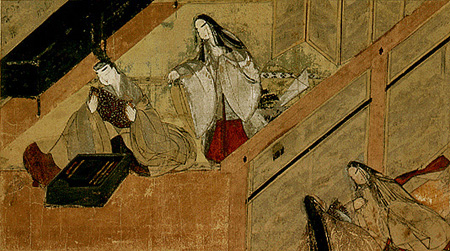Canonical status is the product of an ongoing evaluation of the ways an artist utilizes the possibilities for expression intrinsic to her chosen medium. This means that it is dependent on the extrinsic values and agendas of particular readerships at different historical moments. Widely accepted judgments made in one era leave their traces in some form or other in the next, affecting the evolving discourse a culture has about itself. Quite often these judgments acquire institutional, ideological, or pedagogical force, especially when knowledge of a work is imagined to be a vital part of cultural literacy and thus essential to the formation of cultural, ethnic, or national identity. Yet to read any work of classical or medieval literature with a critical mindset that does justice to the text as a work of art also requires a skeptical attitude toward its privileged position. Contemporary readers who come to a classic through textual or visual translations must recognize that its perceived cultural significance depends as much on the many layers of annotation and interpretation that cover the original text as on its ‘aesthetic’ qualities.
What is required of the reader/translator, then, is a form of philological excavation, a process of ‘untranslating’ that situates the history of the reception of a work in a comparative context—a process that takes account of not only the social and cultural conditions that produced past interpretations, but also the lingering (sometimes unacknowledged) impact of a classic on contemporary expectations and tastes. Simply assuming the canonical status of a text—that is, being lazy or indifferent readers/translators—provides an excuse to ignore the parochial limits of familiar, comfortable aesthetic preferences and thus acts, paradoxically, as an impediment to our ability to touch the past.
Of course, we can never completely step outside the ideologically determined values and literary conventions that ground our interpretations, but if we at least reflect on how and why works we consider a classic have had such status conferred upon them, then we can open ourselves more fully to the challenges and pleasures they present. Bringing classics from very different cultures into contact with one another through this colloquium will bring into relief the effects, both good and bad, of translation. In so doing, it will also permit a deeper engagement with a range of topics crucial to the mission of liberal arts institutions: translation and reception theories, philological methods, and the commensurability of aesthetic and moral tastes/sensibilities as they evolve over time.

